By – Dr. Kaviraj Khialani. Celebrity Master Chef.
INTRODUCTION:
Gluten-free cooking has become increasingly popular, both for individuals with celiac disease or gluten sensitivities and for those who simply choose to eliminate gluten from their diet for health or personal reasons.
Gluten is a protein found in wheat, barley, rye, and triticale, and avoiding it requires careful consideration of ingredients and preparation methods. Fortunately, the world of gluten-free cooking has expanded significantly, offering delicious and nutritious alternatives for every meal of the day.
Here’s an introduction to gluten-free recipes for day-to-day cooking
ORIGIN
The origin of gluten-free recipes can be traced back to the dietary needs of individuals with celiac disease, a condition first clearly described in the 1st century AD by Aretaeus of Cappadocia, but the connection between the disease and diet wasn’t recognized until much later. The modern gluten-free diet as we know it began to take shape in the mid-20th century, largely thanks to the work of Dutch pediatrician Dr. Willem-Karel Dicke.
HEALTH BENEFITS OF GLUTEN FREE RECIPES
Incorporating gluten-free recipes into day-to-day cooking can offer several health benefits, particularly for individuals with specific health conditions, as well as for those looking to make dietary changes for personal reasons. Here are some of the key health benefits associated with following a gluten-free diet:
● Relief for Celiac Disease and Non-Celiac Gluten Sensitivity: The most significant benefit is for individuals with celiac disease, an autoimmune disorder where ingestion of gluten leads to damage in the small intestine, causing a range of symptoms from digestive issues to nutrient deficiencies and more serious complications.
● Improved Digestive Health: Even for those without celiac disease or gluten sensitivity, a gluten-free diet may improve digestion for some people.
● Enhanced Nutritional Awareness: This increased awareness can encourage the consumption of more whole, unprocessed foods such as fruits, vegetables, lean proteins, and gluten-free grains like quinoa and rice, which can contribute to a more nutritious diet overall.
● Potential Weight Management Benefits: Switching to a gluten- free diet can sometimes result in weight loss, although this is not a guarantee and not the primary purpose of a gluten-free diet.
● Reduced Inflammation: For some individuals, particularly those with an inflammatory condition or autoimmune disorders, removing gluten from the diet may help reduce inflammation.
USE OF GLUTEN FREE RECIPES IN KITCHEN
The use of gluten-free recipes in the kitchen can cater to a variety of needs, from managing health conditions like celiac disease and non- celiac gluten sensitivity to exploring new dietary preferences. Here’s how incorporating gluten-free recipes can be beneficial and enriching in a home kitchen setting:
● Accommodating Health Needs: For individuals with celiac disease, adhering to a strict gluten-free diet is essential for preventing symptoms and long-term health complications.
● Encouraging Dietary Diversity: Using gluten-free recipes encourages the exploration of a wider variety of ingredients, including lesser-known grains and flours like quinoa, millet, amaranth, teff, almond flour, and coconut flour.
● Promoting Nutritional Benefits: Many gluten-free recipes focus on whole, unprocessed ingredients, which can lead to a more nutrient-dense diet.
● Reducing Processed Foods: By necessity, a gluten-free diet often reduces the intake of processed and packaged foods, many of which contain gluten as an additive.
● Improving Cooking Skills: Adapting to gluten-free cooking can enhance culinary skills, as it often requires learning new techniques and experimenting with alternative ingredients to replicate the textures and flavors of gluten-containing dishes.
RECIPES USING GLUTEN
1. Gluten-Free Pancakes
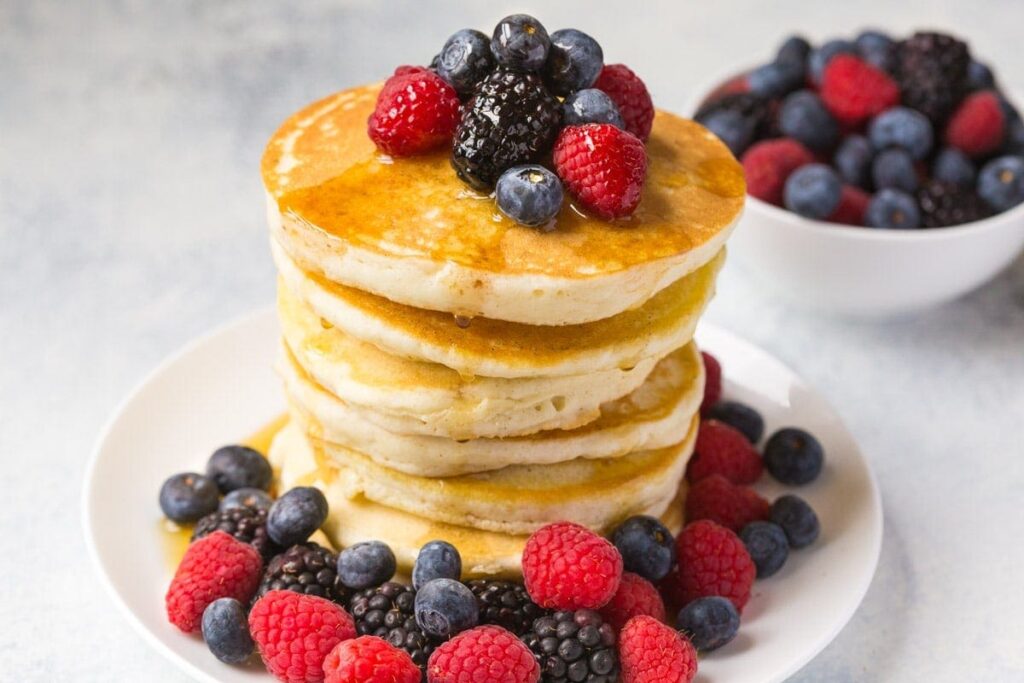
Ingredients:
● 1 cup gluten-free all-purpose flour
● 1 tablespoon sugar
● 2 teaspoons baking powder
● 1/2 teaspoon salt
● 1 cup milk (or non-dairy alternative)
● 2 tablespoons melted butter or oil
● 1 egg
Instructions:
- In a large bowl, whisk together the flour, sugar, baking powder, and salt.
- In another bowl, beat the milk, melted butter, and egg. Pour this into the dry ingredients and stir until just combined.
- Heat a non-stick pan over medium heat. Pour 1/4 cup of batter for each pancake. Cook until bubbles form on the surface, then flip and cook until golden brown.
2. Gluten-Free Breakfast Smoothie Bowl
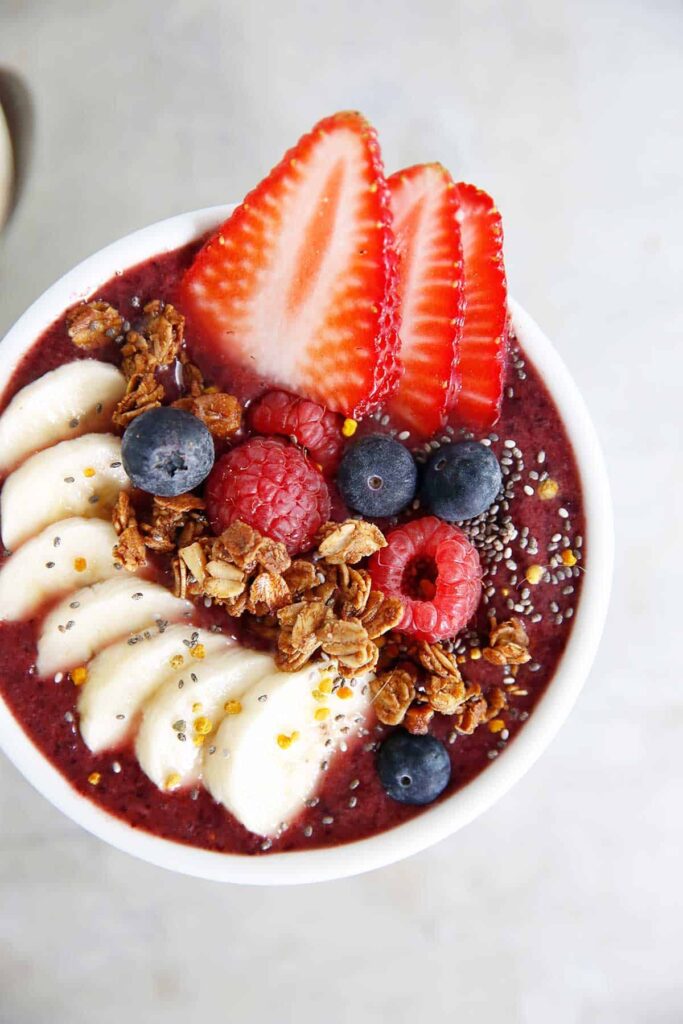
Ingredients:
● 1 cup frozen berries (such as strawberries, blueberries, or raspberries)
● 1 ripe banana
● 1/2 cup gluten-free oats
● 1 tablespoon chia seeds
● 1/2 cup almond milk (or any other plant-based milk) ● Toppings: sliced fruits, nuts, seeds, coconut flakes
Instructions:
- In a blender, combine the frozen berries, banana, gluten-free oats, chia seeds, and almond milk. Blend until smooth.
- Pour the smoothie mixture into a bowl.
- Top with your choice of sliced fruits, nuts, seeds, and coconut flakes. Enjoy immediately.
3. Gluten-Free Pasta Primavera
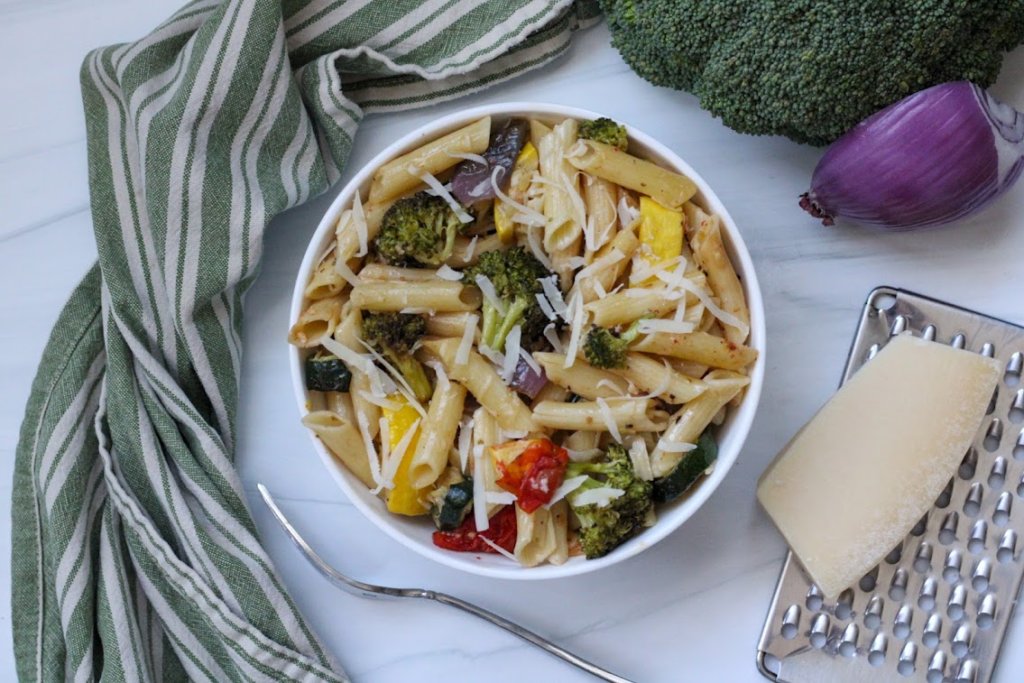
Ingredients:
● 100 gm gluten-free pasta
● 2 tablespoons olive oil
● 1 zucchini, sliced
● 1 carrot, sliced
● 1 bell pepper, sliced
● 1/2 cup cherry tomatoes, halved
● 2 cloves garlic, minced
● 1/4 cup grated Parmesan cheese (optional)
● Salt and pepper to taste
Instructions:
- Cook the pasta according to package instructions; drain.
- In a large pan, heat olive oil over medium heat. Add garlic, zucchini, carrot, and bell pepper. Cook until vegetables are tender.
- Add the cooked pasta and cherry tomatoes to the pan. Toss everything together. Season with salt and pepper.
- Serve with grated Parmesan on top.
4. Gluten-Free Stir-Fry
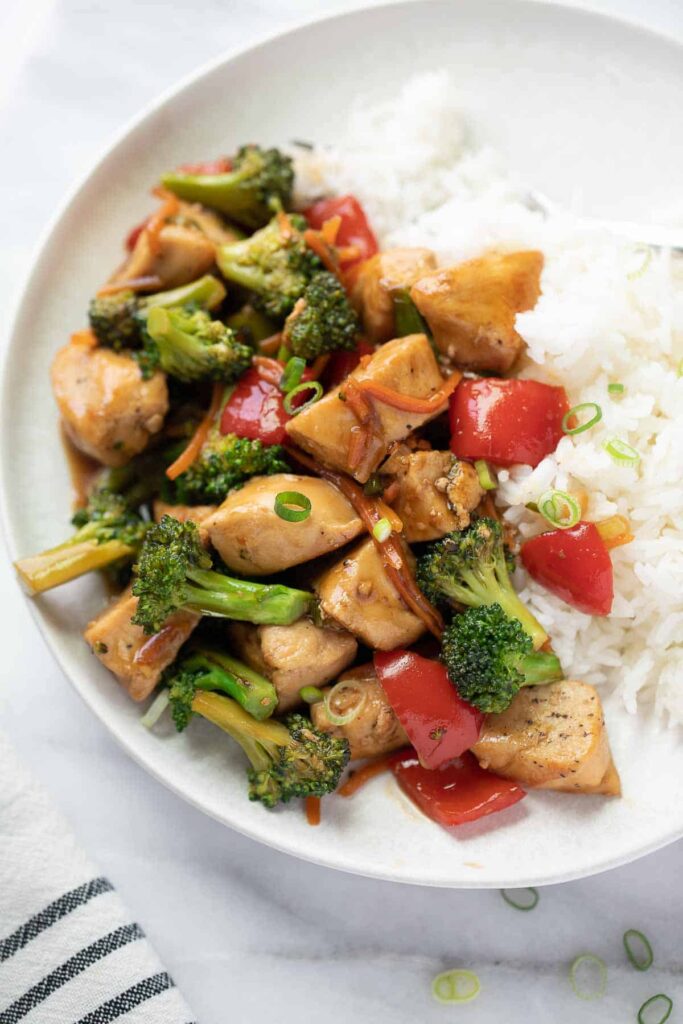
Ingredients:
● 2 tablespoons vegetable oil
● 150 gm chicken breast, thinly sliced (or tofu for a vegan option)
● 2 cups mixed vegetables (e.g., broccoli, bell pepper, carrot)
● 2 tablespoons gluten-free soy sauce
● 1 tablespoon honey (or maple syrup for vegan)
● 1 teaspoon ginger, grated
● 1 clove garlic, minced
● Cooked rice, for serving
Instructions:
- Heat oil in a large skillet over medium-high heat. Add chicken (or tofu) and cook until browned. Remove from the skillet.
- In the same skillet, add more oil if needed, and stir-fry the vegetables until just tender.
- Return the chicken (or tofu) to the skillet. Add soy sauce, honey, ginger, and garlic. Stir to combine and cook for another 2 minutes.
- Serve over cooked rice.
5. Gluten-Free Chicken Tacos
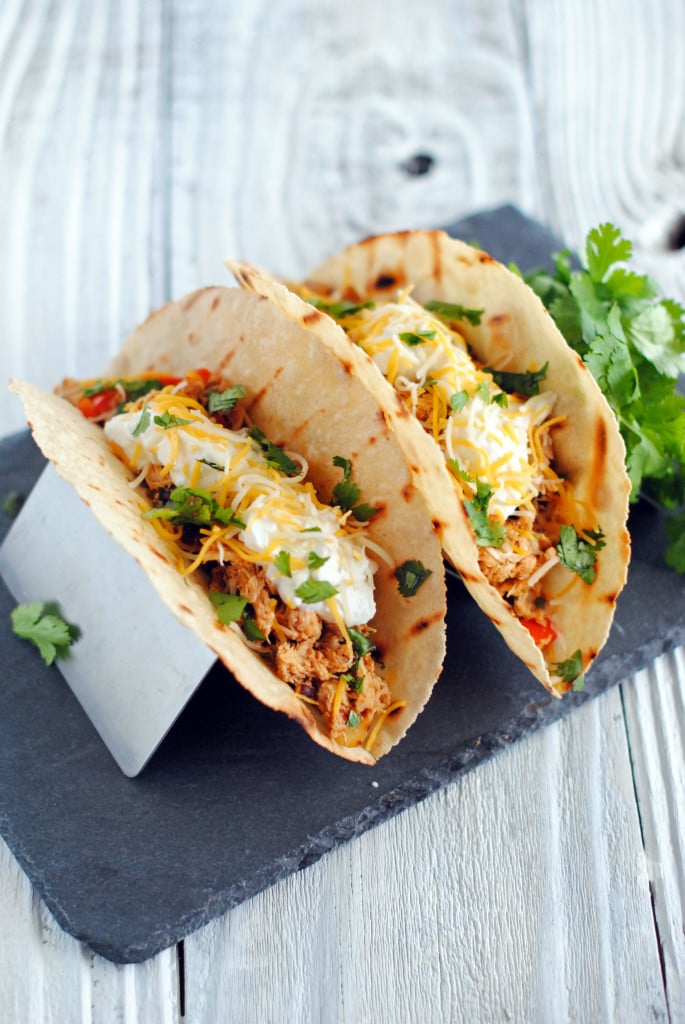
Ingredients:
● 200 gm chicken breast, cooked and shredded
● 1 tablespoon olive oil ● 1 teaspoon cumin
● 1 teaspoon paprika
● 1/2 teaspoon salt
● 1/4 teaspoon black pepper
● Gluten-free corn tortillas
Toppings: lettuce, tomato, onion, avocado, cilantro, lime
Instructions:
- In a pan, heat the olive oil over medium heat. Add the shredded chicken, cumin, paprika, salt, and pepper. Cook until the chicken is heated through and coated in spices.
- Warm the gluten-free tortillas according to the package instructions.
- Assemble the tacos by placing the spiced chicken on the tortillas and topping with lettuce, tomato, onion, avocado, cilantro, and a squeeze of lime.
6. Gluten-Free Banana Bread
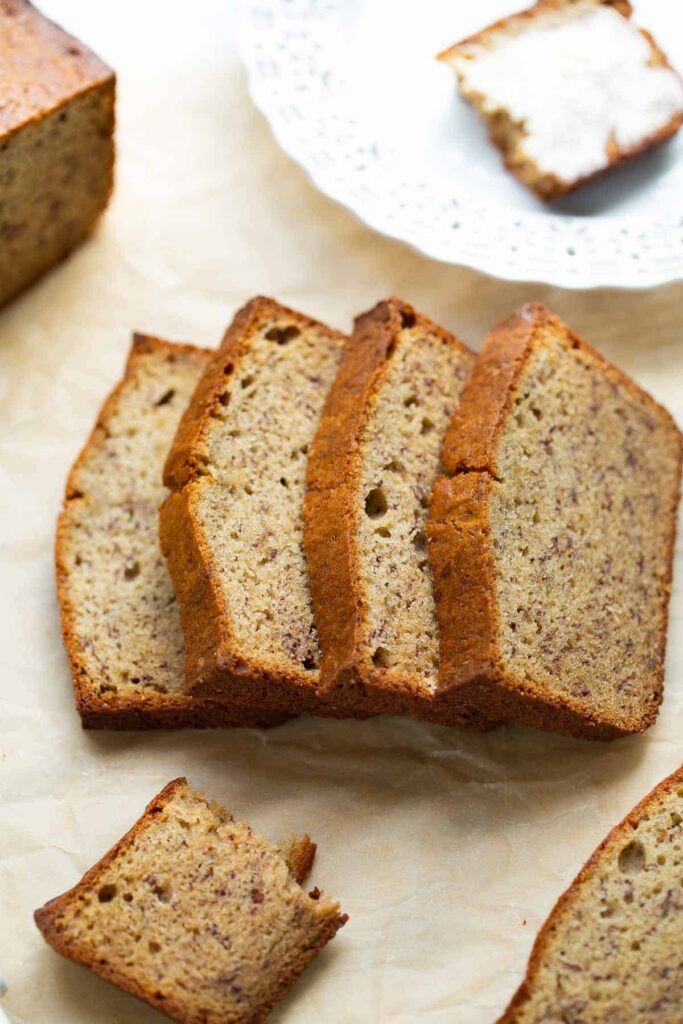
Ingredients:
● 2 cups gluten-free all-purpose flour
● 1 teaspoon baking soda ● 1/4 teaspoon salt
● 1/2 cup unsalted butter, softened
● 3/4 cup brown sugar
● 2 large eggs
● 2 1/3 cups mashed ripe bananas (about 4-5 bananas) 1 teaspoon vanilla extract
Instructions:
- Preheat your oven to 350°F (175°C). Grease a 9×5 inch loaf pan.
- In a bowl, mix the gluten-free flour, baking soda, and salt.
- In another bowl, cream together butter and brown sugar. Stir in eggs, mashed bananas, and vanilla extract. Add the banana mixture to the flour mixture; stir just to moisten. Pour batter into the prepared loaf pan.
- Bake in preheated oven for about 60 minutes, until a toothpick inserted into the center of the loaf comes out clean. Let bread cool in the pan for 10 minutes, then turn out onto a wire rack.
INSTRUCTIONS:
Understand Gluten-Free Ingredients
Know the basics: Gluten is a protein found in wheat, barley, rye, and triticale. Familiarize yourself with gluten-free grains and flours like rice, corn, quinoa, amaranth, buckwheat, almond flour, and coconut flour. Keep a variety of gluten-free grains, pasta, and flour in your pantry. Stock up on naturally gluten-free foods like fruits, vegetables, legumes, nuts, seeds, eggs, dairy, and fresh meats.
CONCLUSION
Integrating gluten-free recipes into day-to-day cooking is not only feasible but can also be a delightful and healthful practice. Whether due to celiac disease, gluten sensitivity, or personal preference, a gluten-free diet doesn’t have to be restrictive or monotonous.
By focusing on naturally gluten-free foods, learning to read labels carefully, and experimenting with gluten-free grains and flours, you can enjoy a diverse and nutritious diet.


